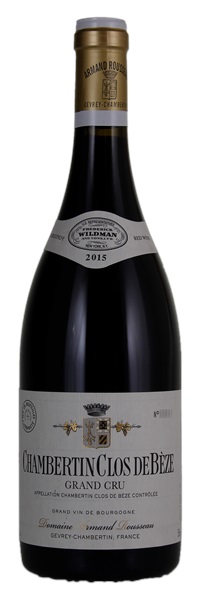Removed from a professional wine storage facility; Purchased direct from winery

Image above is an example. To view the image of the lot, click the item number.
Estimate
Spectacular, wafting from the glass with a dramatic bouquet of sweet grilled meat, red and black fruit, candied peel and rich soil. On the palate, the wine is full-bodied, ample and powerful, with a lavishly gourmand attack... monumental
Plum, black cherry, lavender, violet and tea aromas. The exceptionally rich and impressively dense broad-shouldered flavors also exhibit excellent minerality
Plenty of brambly red berry fruit, cranberry and pomegranate on the nose. The palate is medium-bodied with very fine tannin and layers of red and black fruit infused with crushed stone and veins of blue fruit..s wonderful harmony and tension
Aromas of dark fruits, spices and flowers a bit blocked by an element of exotic oak. Densely packed but extremely backward and imploded.. fruit and licorice flavors are suppressed in the early going. Finishes classically dry